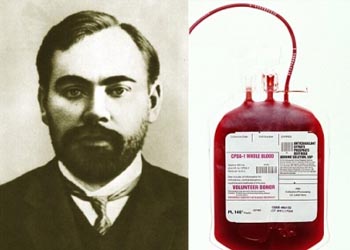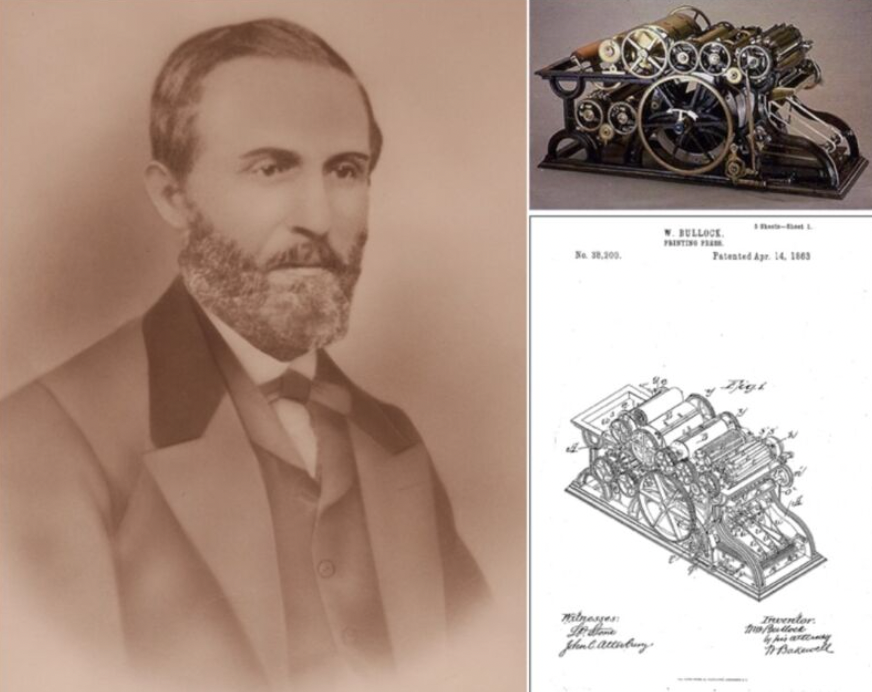Inventors and Pioneers Killed By Their Own Creations
If you want something done, sometimes you have to do it yourself.
Published 11 months ago in Wow
If you want something done, sometimes you have to do it yourself. That's the spirit of inventiveness these ten pioneers lived by, but unfortunately, they were all killed by their own work.
Just a few years before the Wright Brothers made their first flight, a German engineer by the name of Otto Lilienthal was also trying to take to the skies. Considering his nickname was "the flying man," he was doing a pretty good job of it too, and Lilienthal conducted numerous successful flights with his gliders. But one day, after already performing three flights off the top of his favorite hill, one of which went over 800 feet, his glider pitched up, stalled, and nosedived. Lilienthal was only 48 years old when he died in 1896, and had his accident not occurred, maybe we'd be talking about a different father of aviation.
Read about Otto, and nine other pioneers who went out in a blaze of glory, doing what they loved.
1
Karel Soucek
Karel Soucek was a Czech professional stuntman, who decided to go over Niagara Falls in nothing but a barrel. After sending over some test barrels, he built his own and performed the stunt. Although emerging slightly injured, his stunt was a success. He built a museum at Niagara Falls, Ontario, and found financial backing for a stunt that would see him dropped 180 feet in a barrel into a pool of water in the Houston Astrodome. Instead of landing in the water, the barrel landed on the edge of the pool, and he succumbed to injuries later that day. Stuntman Evel Knievel had tried to dissuade him, calling it "the most dangerous I've ever seen."
2
Jimi Heselden
Jimi Heselden was a wealthy businessman who began life as a coal miner, before finding his fortune manufacturing the Hesco bastion. In 2009 he bought the successful Segway Inc, and acted as its boss for one year before a tragic accident. While riding a Segway around his estate in Thorp Arch, Boston Spa, West Yorkshire, he crashed off a cliff into the River Wharfe below. He was found dead on the scene, with the Segway not far off. He might not have invented the scooter, but had he stayed away, he’d likely still be alive today.
4
Franz Reichelt
Reichelt was a tailor who set out to make early aviation safer for everyone by developing a suit that could act as a parachute for pilots. Although he was convinced about the viability of his designs, the media was more skeptical. Despite failed tests, he believed that added height was necessary for the device to deploy properly, so he set up a date to jump from the top of the Eiffel Tower. Authorities were shocked to discover that he was going to perform the stunt himself instead of using a dummy, and he was initially told he couldn’t proceed. But his persistence prevailed, and with news cameras and the media all around, the parachute never deployed and he fell to his death. It was February of 1912, and he was 33 years old.
5
Otto Lilienthal
Karl Wilhelm Otto Lilienthal, also known as “the flying man,” died trying to do what the Wright brothers would accomplish only seven years later; fly. The German engineer built and flew a series of highly successful full-size gliders. On 9 August 1896, he took one of his designs to the Rhinow Hills, and conducted multiple flights. One of those flights even reached a distance of 250 meters. But on his fourth attempt of the day, his glider pitched upward and then headed down quickly, leading to his death.
6
William Bullock
The printing press was one of the most important inventions in the history of mankind, but it wasn’t perfect right away. William Bullock was instrumental in making improvements to Richard March Hoes rotary printing press in 1863. Tragically however, he would later become snagged in his own improved machine, and killed.
7
Marie Curie
Marie Curie was a Polish and French physicist and chemist, and one of the greatest scientists of all time. She was the first woman to win a Nobel Prize, the first person to win a Nobel Prize twice, and the only person to win a Nobel Prize in two scientific fields. She conducted groundbreaking research on radioactivity, discovered the elements radium and polonium, and made huge strides discovering cancer treatments. Unfortunately, years of exposure to radiation through her work led to a condition called aplastic pernicious anaemia, which would kill her in 1934 at the age of 66.
8
'Mad' Mike Hughes
Like many flat earthers, Mike Hughes was convinced that everyone everywhere was pulling a fast one on the world. But unlike many of them, he decided he was going to do something about it. Hughes was a limousine driver turned stuntman, actor, and amateur rocket builder who decided he was going to launch himself into Earth’s atmosphere to see the shape of the planet for himself. Unfortunately, on his thirst test launch, his rocket’s parachute snagged and detached, and the rocket fell back to Earth, killing him on impact. The launch was only supposed to be a publicity stunt to draw funding for a future, bigger rocket. “The Flat Earth thing is like everything else to me,” he said in an interview to CBS. “I just want people to question everything.
9
Thomas Andrews
Thomas Andrews Jr. was a British businessman and shipbuilder, who was managing director and head of the drafting department of the shipbuilding company Harland and Wolff in Belfast, Ireland. He was also the man who designed the Titanic, Olympic, and Britannic passenger ships. Andrews was on board when the Titanic sank, and has been heralded a hero for helping with the evacuation. He also advocated for more lifeboats than the Titanic was eventually given, although there wouldn’t have been time to launch them. The Olympic would go on to serve for 24 years, so it’s hard to blame Andrews for a poor design. Britannic did also sink however, after striking a mine during World War I.
10
Thomas Midgley Jr.
Often described as the man responsible for killing the most humans in history, Midgley helped develop leaded gasoline, and environmentally unfriendly chlorofluorocarbons. Neither of those inventions were his undoing however. After contracting Polio, Midgley was left disabled in his 50s, and developed a pulley system to help him climb in and out of bed. In 1944, he became entangled in that system, and was strangled.
11
Stockton Rush
It was the story that captured the world during June of last year; a submarine full of billionaires visiting the Titanic… missing. Among them was Stockton Rush, the CEO and founder of OceanGate Expeditions, a company giving private tours of the Titanic using their custom built submersible. Only, as the media quickly found out, the engineering behind that submersible was highly suspect. The result was an implosion that killed him, and his four passengers.














